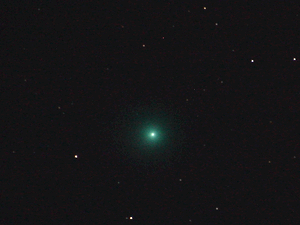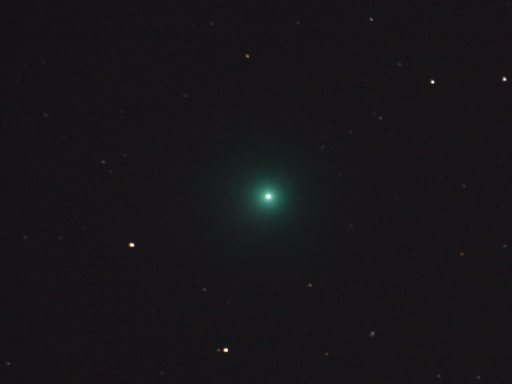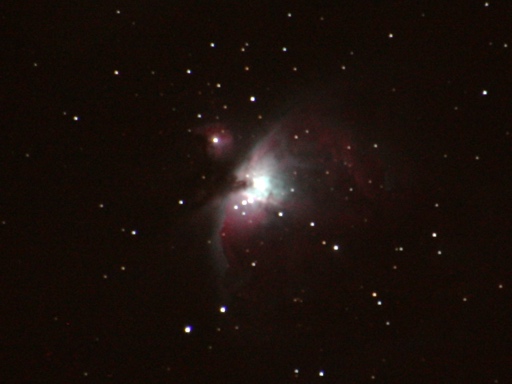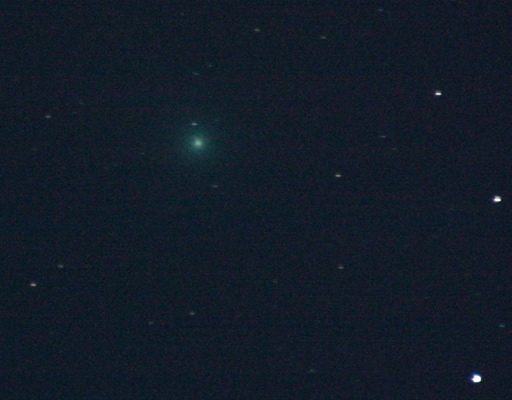Comet C/2014 Q2 Lovejoy, animated
Posted by Wesley on
Comet Lovejoy does not stand still
Stars in the sky slowly move together in the sky due to the Earth's rotation. So the long exposure astrophotography involves using a star tracker to negate this motion. However, objects closer to Earth like the other planets tend to move slightly differently, and the change in position is noticeable over the course of a few days, as I've shown with the asteroids.
This movement is especially pronounced with the comet C/2014 Q2 Lovejoy these days, as it passed by Earth recently to approach the Sun. This 12-frame animation shows the comet moving through the sky over a 27-minute period, at an interval of roughly 2.5 minutes. These are from the images that were used to make the stacked image of the comet in my earlier post.
Device: Canon EOS 450D + Tamron 18-270mm Di II VC PZD
Settings: 432mm - ISO 800 - 30s - f/6.3
Filters: None
Time: 2015-01-10 21:39 KST (21:25-21:52)
Location: Naju, Korea
Defined tags for this entry: astronomy, C/2014 Q2 Lovejoy, Canon EOS 450D, comet, constellation, iOptron SkyTracker, Taurus


